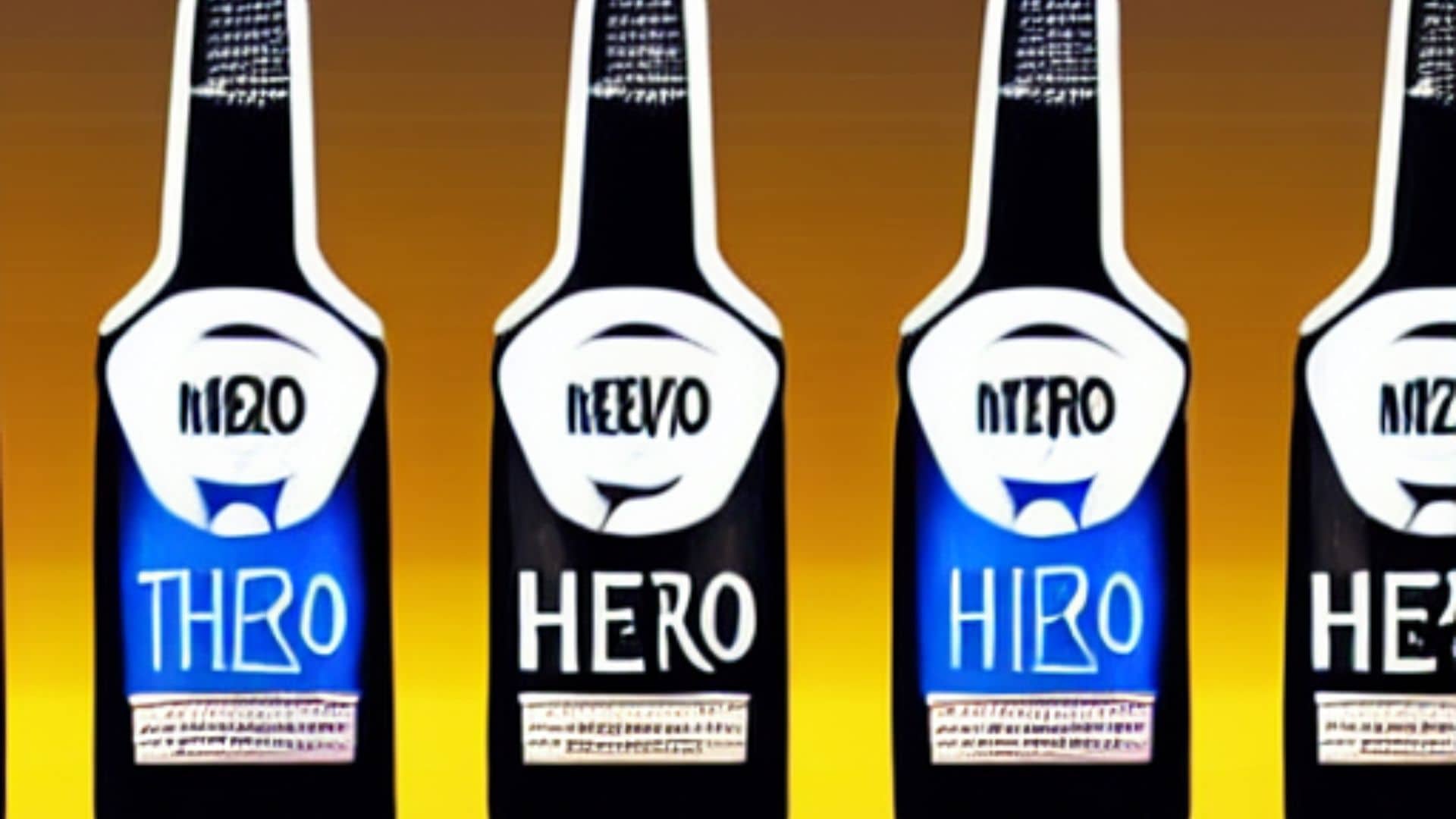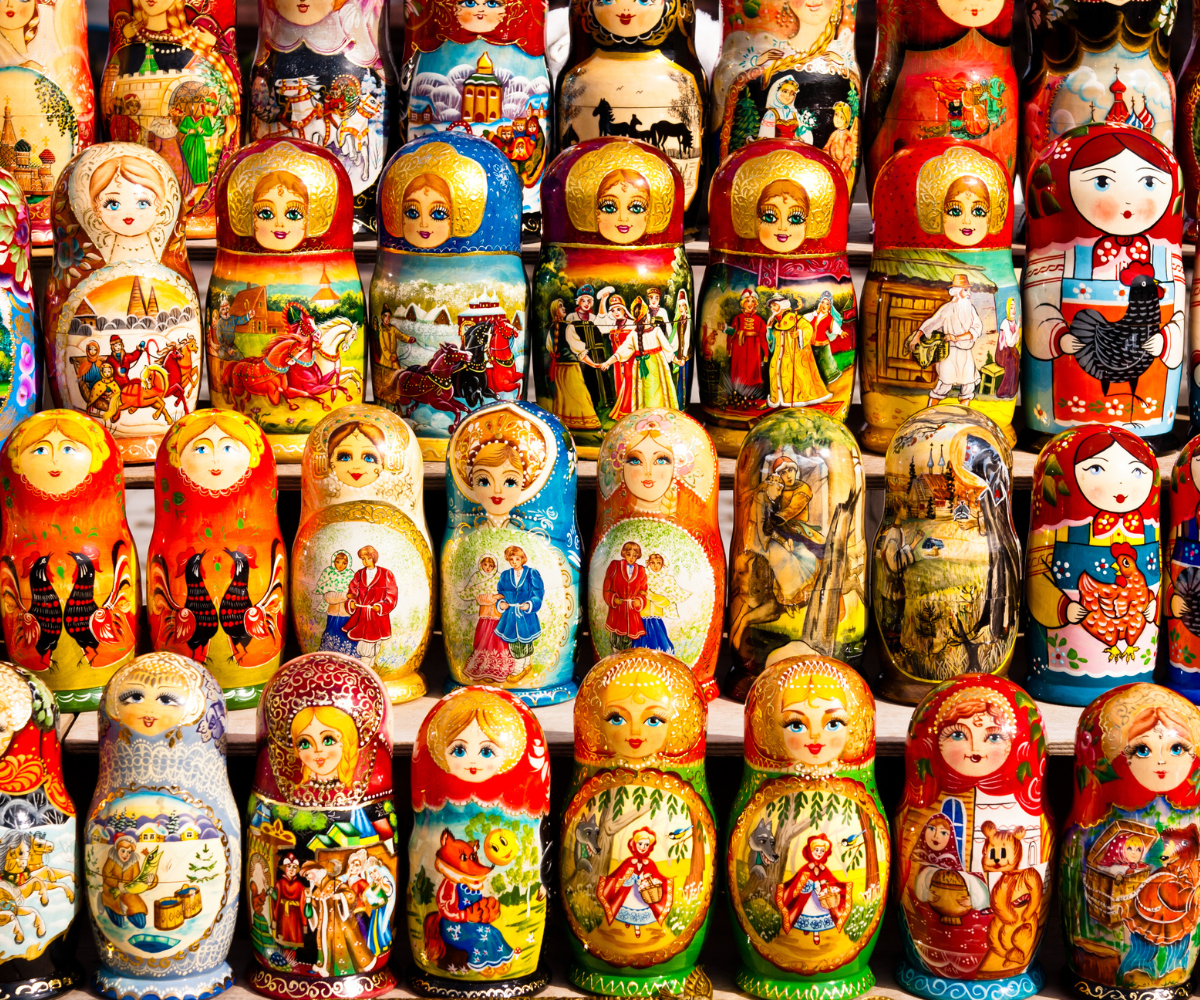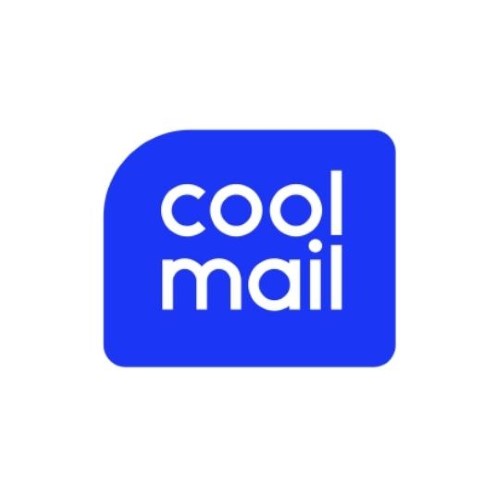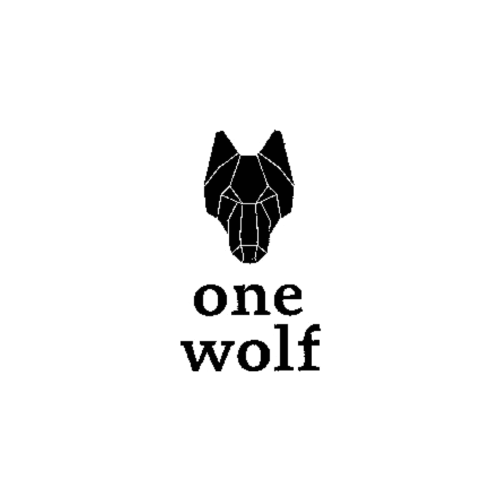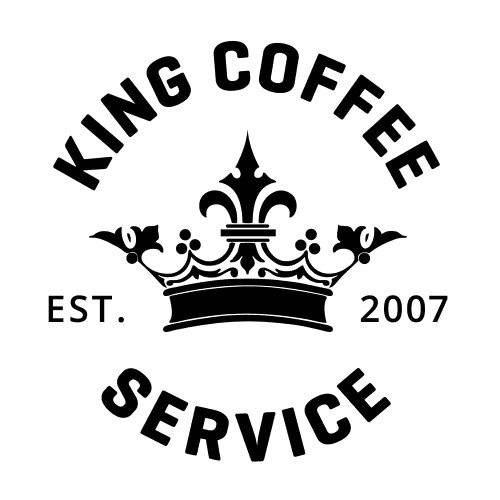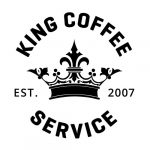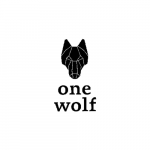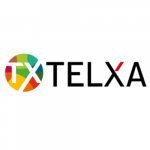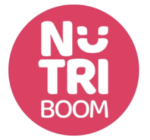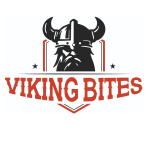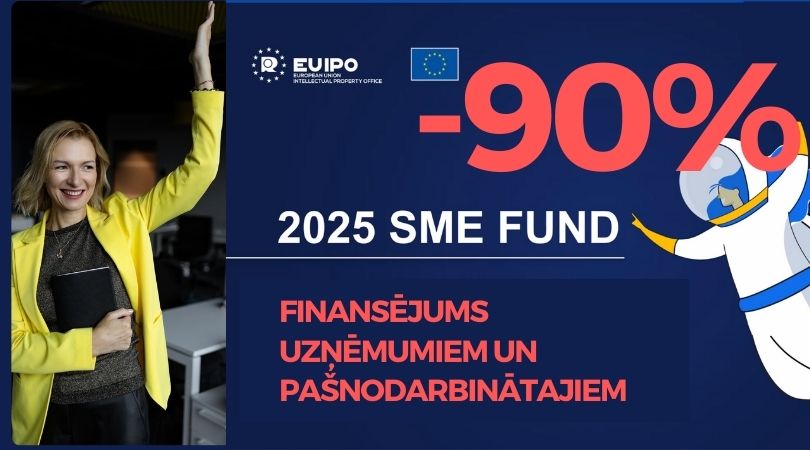With the introduction of virtual reality and augmented reality, we’re now able to create immersive brand experiences that can be anything from a simple digital advertisement to a fully interactive environment or even a full simulation. As brands are moving more and more towards this new medium, it has become increasingly necessary for them to protect their names and logos in this new space.
Introduction: What is the Metaverse?
The metaverse is a shared, online 3D space that can be visited by anyone with an Internet connection. It is a virtual world where people can interact with each other and with computer-generated objects in a realistic way. The metaverse is also known as the virtual world, cyberspace, or the Internet.
The term “metaverse” was first coined by Neal Stephenson in his science fiction novel Snow Crash (1992). In Snow Crash, the metaverse is a three-dimensional representation of the Internet where people can meet and interact with each other. The metaverse is also home to many businesses and organizations, which use it for marketing and branding purposes.
In recent years, there has been a growing interest in the potential of the metaverse for marketing and brand protection purposes. Many companies are already using the metaverse to create 3D representations of their products and services. And some companies are even using the metaverse to create virtual stores or malls.
The metaverse offers a unique opportunity for companies to reach out to new customers and build stronger relationships with existing customers.
What could be the business potential in Metaverse?
There are a number of potential business opportunities that could arise from the development of the Metaverse. Actually, most of it is happening already!
One area that could see significant growth is the area of virtual property. This could include the development of the virtual real estate, as well as the creation of virtual objects and assets that can be bought, sold, or traded within the Metaverse.
Another potential opportunity lies in the area of gaming. The Metaverse could provide a new platform for online gaming, and could lead to the development of new genres of games specifically designed for this environment. The Metaverse could be used as a tool for education, providing a new way for students to learn and interact with course material.
The Metaverse could also have a major impact on the world of fashion and entertainment. Virtual fashion shows could become a reality, and celebrities could interact with their fans in entirely new ways. The possibilities are endless, and it will be interesting to see what businesses emerge as the Metaverse grows and develops.
For businesses, the metaverse provides a new way to reach and engage with customers. It also offers new opportunities for marketing, sales, and product development. In addition, the metaverse can be used for training and education purposes. The possibilities are endless!
The future of brand protection in the Metaverse
As the world increasingly moves online and into virtual realities, the need for effective brand protection online will only grow.
There are a number of ways brands can protect themselves in the metaverse, including
- Registering trademarks for goods and services in relation to virtual worlds.
- Monitoring the use of your brand in virtual worlds.
- Policing unlicensed uses of your brand in virtual worlds.
- Enforcing your IP rights against infringers in virtual worlds.
- Working with platform providers to create policies that protect your brand.
Each of these strategies comes with its own set of challenges and considerations, but they all share one common goal: to ensure that your brand is protected in the ever-changing landscape of the metaverse.
Registering your trademark for the metaverse
How trademarks work – main principles that are valid also in Metaverse
Even though, in many countries, there are trademark rights for unregistered trademarks (trademarks in use), registering your trademark is the best way to provide protection for the specific designation and the brand in general.
There are three main principles of trademark granted protection – territoriality, priority date, and list of goods and services. These principles for now are valid for the Metaverse as well.
- The principle of territoriality states that a trademark is only protected in the specific geographic area for which it is registered. For example, if a company registers a trademark in the European Union, it would not be protected in Norway or the USA.
- The principle of priority date states that the first party to file for trademark protection for a particular mark will be granted exclusive use of that designation.
- The principle of the list of goods and services states that a trademark is only protected for the products or services listed on the application. If a company wishes to expand the range of products or services covered by its trademark, it must file for a new trademark registration.
Only trademarks that are widely recognized or with a reputation may qualify for broader protection.
What to consider before registering trademarks for use in the Metaverse
Many companies have already implemented broad trademark filing programs. For example, Nike and Converse recently filed a number of applications for products that can be advertised and used in Metaverse. Also, companies in the fashion, cosmetics, sports and entertainment industries are eagerly filing applications for their marks for use in connection with virtual goods and services. If you want to use your brand in Metaverse or prevent others from using it, consider appropriate trademark filings.
- Consider in what territories (countries) you need a trademark to be registered so that it is protected in the Metaverse in a way that is best for your business reputation and market share. Take into consideration multiple metaverses.
- Apply for trademark registration as soon as you can. Remember the priority principle. Many world-known brands apply for new trademark registration before the product is in the market. This helps to avoid unfair competition and unexpected obstacles caused by competitors online in general.
- Prepare the list of goods and services that is appropriate for intended virtual goods and services. Don’t make it too vague! For example, if you apply for the virtual goods in class 9, make sure you state the content to which they relate.
Common mistakes made by brands
When it comes to protecting your brand in the metaverse, there are a few common mistakes that brands make. Here are some of the most common mistakes:
- Failing to monitor or police their presence in the metaverse. Just like in the physical world, brands need to be aware of their presence in the virtual world and take steps to protect their image.
- Failing to trademark their name or logo. In the virtual world, as in the physical world, trademarks are basically tools for preventing others from using your brand name or logo without permission.
- Failing to enforce their rights. Even if you have a strong trademark registration, you need to actively enforce your rights or others will ignore them. This means sending cease and desist letters when you see infringement, and taking action if necessary.
The future of brand protection in Metaverse
As the metaverse continues to grow in popularity, businesses need to be aware of the potential risks and opportunities for brand protection. With a little foresight and planning, businesses can protect their brands in the metaverse and take advantage of the new possibilities for marketing and engagement. We’ll be watching the metaverse closely to see how brand protection evolves, and we’ll keep you updated on the latest developments.
The future of brands is now – in the form of virtual worlds and augmented reality.
If Metaverse is hype or another emerging parallel reality – people will be there. In fact, they are already there. And they will consume the content and buy virtual goods with real money. So as a business owner you should consider this when it comes to protecting your brand in virtual worlds.
Our experienced brand protection and strategy experts can assist you with trademark strategy and registration so that your brand is safe and valuable, also – in Metaverse.
